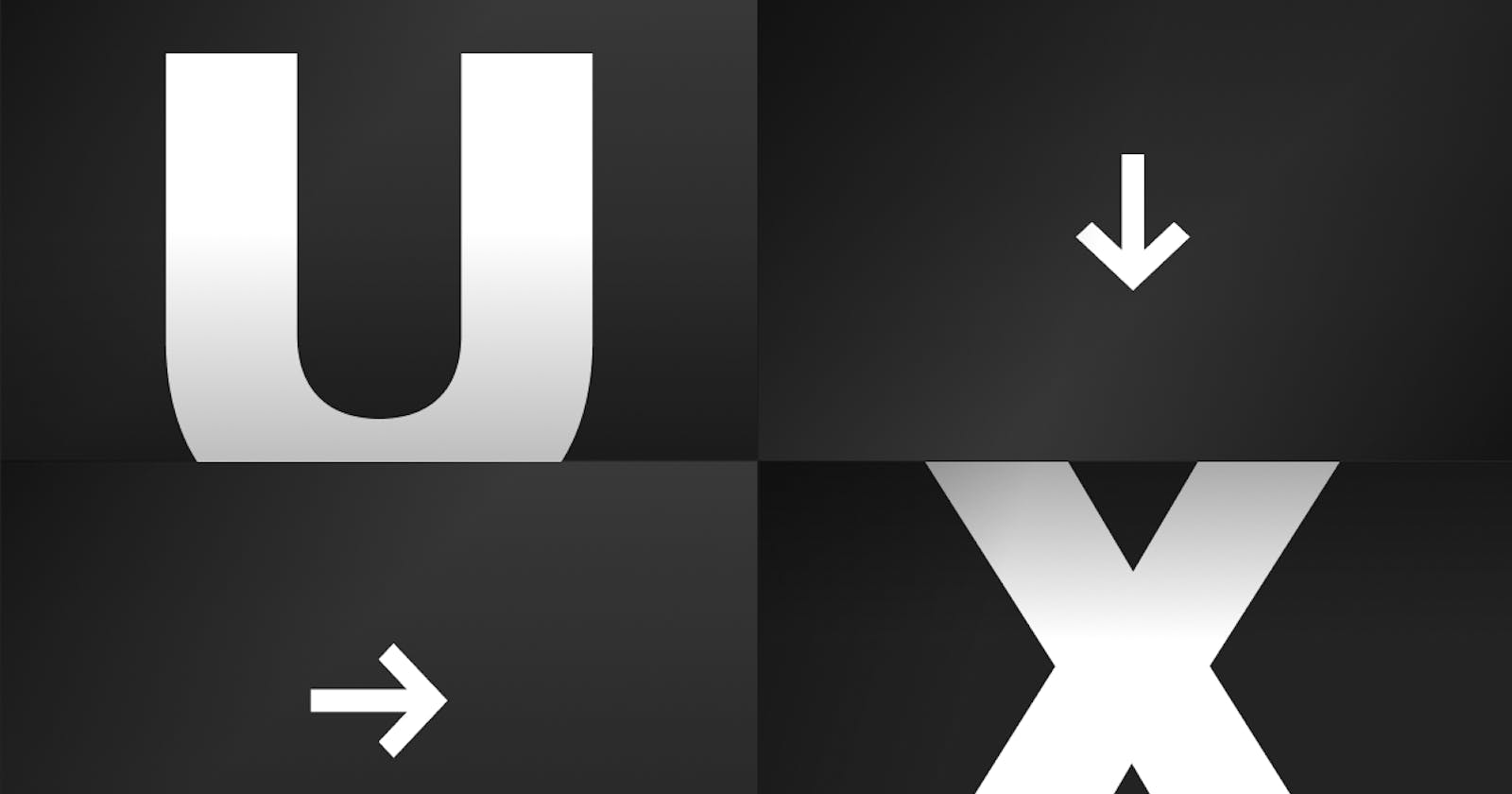In today's digital age, user experience (UX) design plays an important role in creating amazing websites, apps, and products. UX design focuses on enhancing user satisfaction by improving the usability, accessibility, and overall delight a product or service brings to its users. In this article, we'll explore the basics of UX design and the basic things you need to know to learn about UX design.
Understanding UX Design:
UX Design means User Experience Design which eventually means Experience Design for Users. User Experience (UX) Design is any interaction that anybody can have with a product. It is the process of building products that are easy and enjoyable for people to use.
UX isn’t limited to the digital space. Anything that can be experienced can be designed, from the packaging of a toothbrush to also the remote of a TV.
UX is an iterative process of constant improvement: product teams and designers use data and usability testing to continuously refine the product experience, so it becomes easier for users as the product develops.
The term UX Design was first coined by Don Norman, an engineer and cognitive scientist at Apple. Norman emphasized the importance of designing based on the needs and goals of the end user.
The UX Design process:
There’s no universal workflow that every UX designer follows. The UX design process is a structured series of steps that UX designers follow to create user-centered solutions while the specifics can vary from one project to another.
User research: User experience design begins with extensive UX research before any designs are mocked up. As a UX designer, a user-centered approach is crucial; you need to understand what your users need, how they think, and how they behave. It enables you to identify pain points and challenges, validate or invalidate your assumptions, find patterns and commonalities across your target user groups, and shed plenty of light on your users’ needs and objectives.
User Personas: Designers create user personas, which are fictional representations of ideal users. These personas help designers empathize with the users and make informed design decisions.
Wireframes & prototypes: Wireframes are low-fidelity sketches or prototypes that outline the layout and functionality of the product. They serve as a blueprint for the design and help to quickly iterate on ideas. A prototype is essentially a scaled-down version of the final product - simulate the actual user experience. These prototypes are interactive and allow designers to test functionality and gather user feedback.
Usability Testing: Real users are brought in to test the prototype. Their feedback is invaluable in identifying usability issues and refining the design.
Launch and Iterating: The product is launched to the public, and its performance is monitored. User feedback and data are continuously collected to make improvements over time. UX design is an ongoing process. Based on user feedback and changing needs, the product is iterated upon to keep it relevant and user-friendly.
What are some other specialist career paths for UX designers?
UX designers have a range of specialist career paths they can explore, depending on their interests, skills, and goals. Here are some specialist career paths for UX designers:
UX Researcher: UX researchers focus on user research, conducting studies to gather insights about user behaviors, preferences, and needs. They work closely with designers to inform the design process with data-driven decisions.
UX writer: A written copy plays a crucial part in the overall user experience, and just like all the visual touchpoints, the words on the product interface also need to be designed! Dedicated UX writers are increasingly sought-after, and this is a great potential career path if you want to combine copywriting with UX.
Interaction Designer: Interaction designers concentrate on the specific interactions users have with a product. They design the user flows, wireframes, and prototypes that guide the user through the interface.
UX developer: Originally, designers and developers belonged to two very separate camps. These days, however, more designers are choosing to pick up some front-end coding skills and become UX developers. A UX developer is best described as part designer, part-developer, and the role generally involves some visual design skills too.
What are the most important soft skills for UX designers?
User Experience (UX) designers play a crucial role in creating products and interfaces that are user-friendly and effective. While technical skills are essential, soft skills are equally important for UX designers to excel in their roles.
Empathy: Understanding the needs, goals, and pain points of users is at the core of UX design. Empathy allows designers to put themselves in the users' shoes and create designs that truly cater to their needs.
Problem-Solving: UX designers are tasked with solving complex problems related to user interaction and experience. Strong problem-solving skills help in identifying issues and coming up with innovative solutions.
Communication: UX designers need to effectively communicate their ideas and design decisions to various stakeholders, including developers, product managers, and clients. Clear and concise communication is key to ensuring everyone is aligned on the design direction.
Why is UX Design Important?
User Satisfaction: UX design is all about making products that fulfill users' needs and desires. When users have a pleasant experience, they are more likely to engage with a product, recommend it to others, and remain loyal customers.
Increased Conversions: A well-designed user experience can lead to higher conversion rates, whether it's signing up for a service, making a purchase, or any other desired action.
Brand Reputation: Good UX design enhances a brand's reputation for being user-friendly and customer-centric.
Conclusion:
In a world driven by digital experiences, UX design is a critical component of product and service development. It encompasses a holistic approach to creating user-centric, usable, and visually appealing solutions that meet the needs and expectations of today's tech-savvy consumers. By understanding the principles of UX design and its importance, you can contribute to the creation of products that not only function well but also delight users, ultimately leading to success in the digital landscape.
